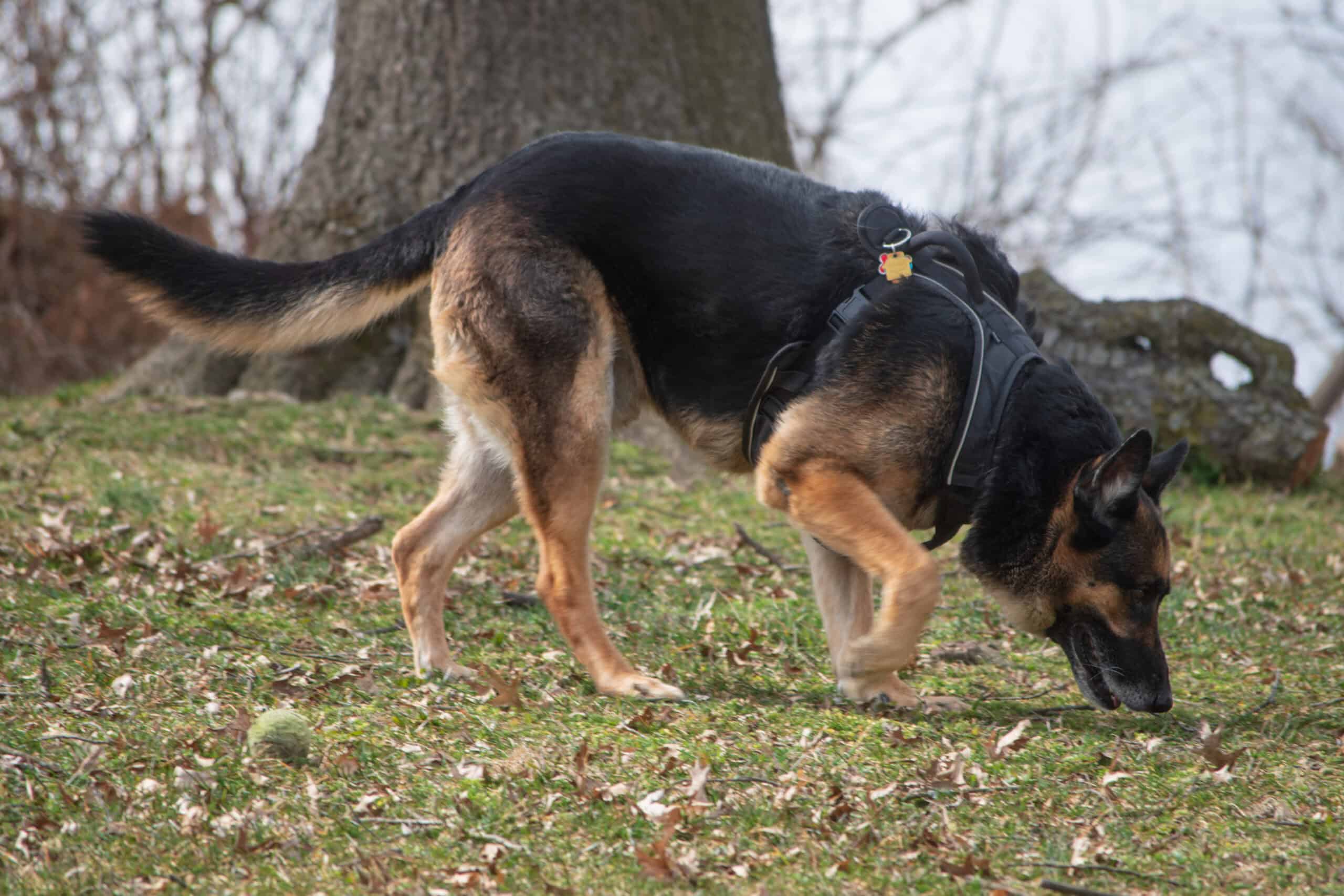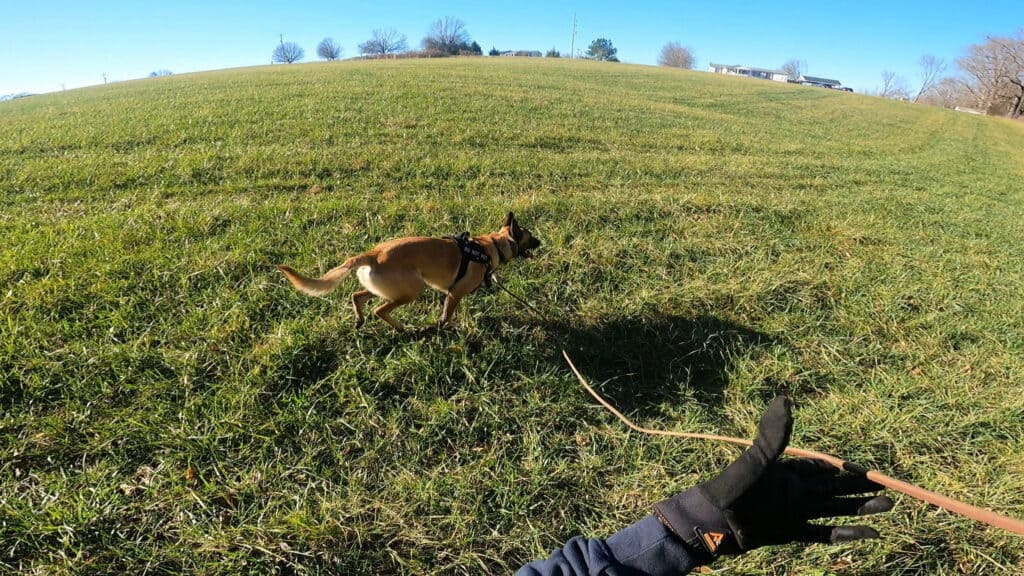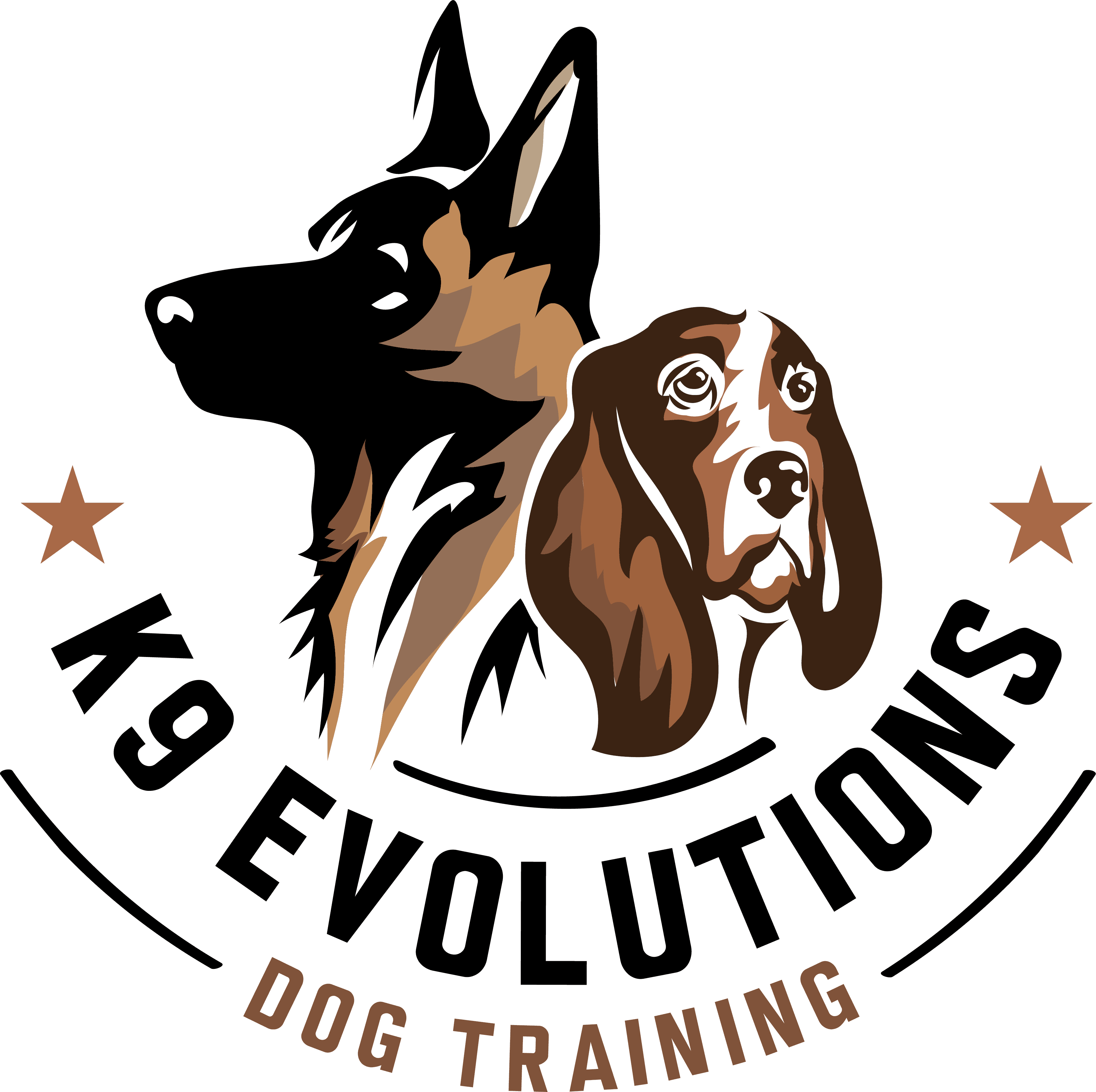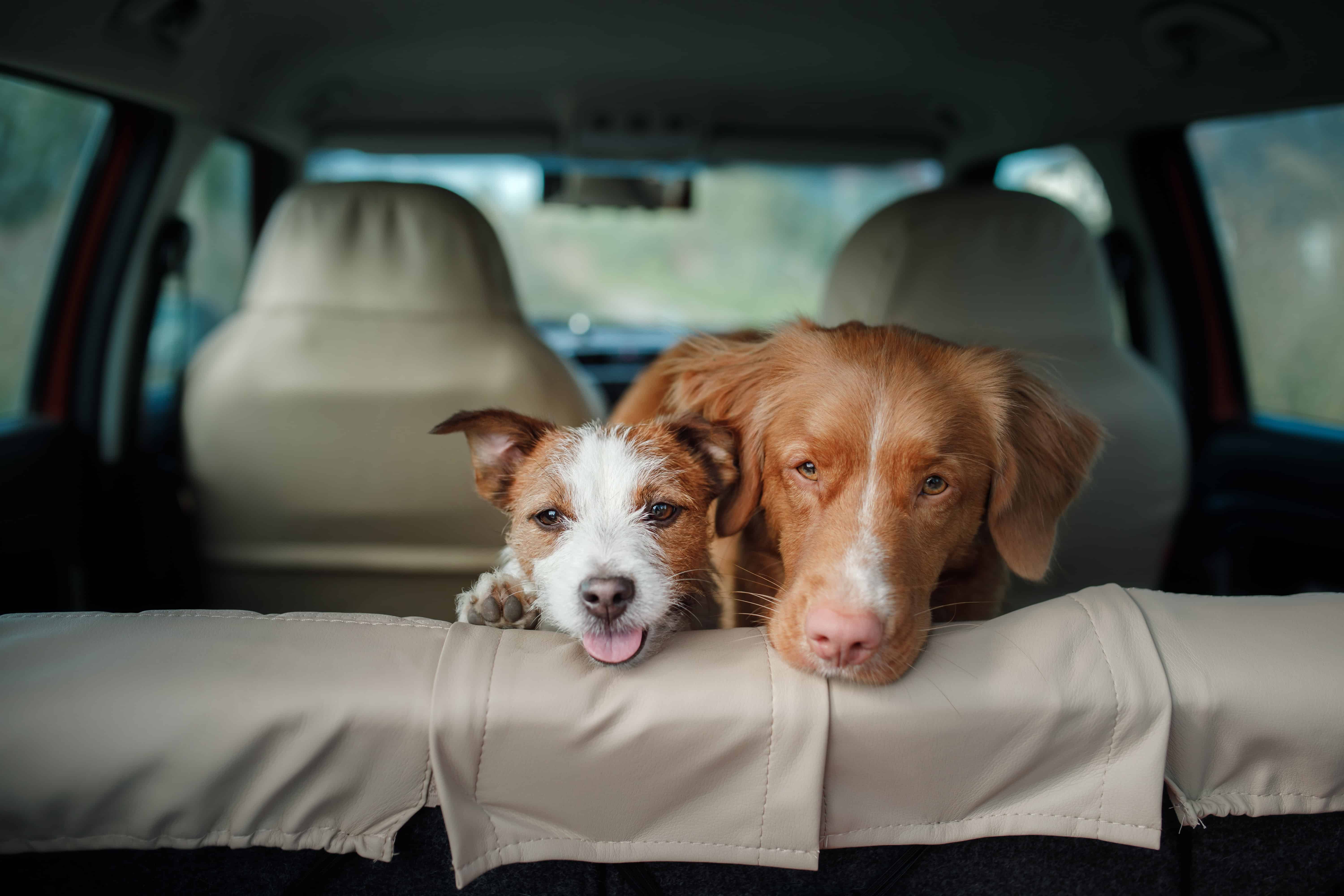Over the past few months, no matter where you live, you’ll likely have seen the terrible devastation and destruction left in the wake of Hurricane Helene across the southeastern United States. Here in North Carolina, the western part of our state has been hit particularly hard, with areas in and around Asheville almost unreachable due to the damage from the storm.
In the aftermath of any large disaster (be it natural or manmade), there is always a huge drive to find any survivors who may be trapped in their homes or have been otherwise displaced. We saw this on September 11, 2001, when first responders rushed to help those who were trapped underneath the rubble. In more isolated circumstances, search and rescue teams may strive to help locate a child who cannot be found by their parents in the woods, or an elderly Alzheimer’s patient who has gone missing from their home.
In each of these situations – from the vast amount of carnage caused by a hurricane, to a terrorist attack in one of the world’s largest cities, to missing individuals in local communities who are being frantically searched for by loved ones, there is one common denominator who is always used to help – man’s best friend, the dog.
We owe so much to our four-legged friends, and they provide value in so many areas of our lives – from their work as service dogs, to the way they assist law enforcement teams in keeping our communities safe. Even faithful pet dogs bring an abundance of companionship, love and joy. Yet there is something truly special about the role of search and rescue (SAR) dogs. Time and time again, these dogs are deployed in dire situations, and they never let us down with their hard work and considerable skill.
In this article, we’re going to outline exactly why SAR is so necessary – not just for communities, but also for pet dog owners with high-energy breeds who are looking for activities to partake in with their dog. We’ll also explain just how and why dogs are so valuable in these settings.
The Types of SAR Dog Scent Work
Air Scenting Dogs – These dogs are oriented towards the airborne rafts (dead skin cells) and the bacteria working on the dead skin cells. The dog’s head is held high with the nose navigating air currents.
Tracking Dogs – These dogs are nose to the ground, focusing on each individual footstep, in addition to human articles left behind (ex: glasses or a dropped wallet). The dog is keying in on the (ground picture) of airborne rafts that have come to rest on the ground, the scent profile of crushed vegetation, and disturbed soil. The process of a tracking dog at work can be slow.
Trailing Dogs – The trailing dog is essentially a hybrid of air scenting and tracking. It has its advantages, because the dog has been trained to scent discriminate both the ground picture and air currents, and they can alternate between the two at a macro level as they deem necessary on the trail of human odor. This style allows the dog to move more quickly and is useful for when time is of the essence to find someone. In addition, these dogs can be more adept at moving across all kinds of different surfaces at a good clip.

Why do dogs succeed at SAR?
To be successful at finding a missing person, you need a few ingredients:
– Speed – To be able to cover immense amounts of ground in the shortest amount of time, in order to be able to reach someone who may require medical attention, and/or rule out certain search areas.
– Agility – To be able to navigate difficult terrain, from the densest woodland to the tightest spaces under collapsed buildings.
– Skill – To be able to actually track and identify the missing person by having a powerful tool that can lead to them being found.
– Versatility – To be able to find missing people, no matter the environment (urban or rural) or climatic conditions (rain, snow, wind or storms).
Dogs excel at each of these factors with some distinction. In terms of speed, the fastest man on Earth, Usain Bolt, was able to sustain an average speed of 23.4 mph for a distance of 100 meters in his world record run in 2009. Dogs are far more adept than people in this regard for a couple of reasons. Firstly, no SAR team in the world is able to call on Usain Bolt at the peak of his powers. Secondly, many SAR dogs are able to maintain these speeds (and often faster) for much longer distances and duration. It is like having a marathon runner who has the speed of a sprinter.
In terms of agility, dogs are much more able to weave under, over, or through difficult terrain. In those 9/11 rescue missions we mentioned earlier, they were able to fit into confined spaces to alert their handlers of the presence of a human. When humans go missing in dense forest, they are able to weave through the briars and plants to continue looking for missing people.
The power of a dog’s nose has been written about at length. With over 300 million olfactory receptors, dogs have such sensitive noses that they are able to find the minutest trace of a scent in an extremely vast area on a cold trail. Almost one eighth of a dog’s brain is committed to olfaction. No tool or machine has been invented that can surpass a dog’s nose when it comes to tracking human scent.
Finally, versatility matters. People don’t always go missing in the same place at the same time of year. It could be a hot summer’s day in a more urban setting, or the depths of winter in a National Park. Regardless of the conditions, dogs are trained to disregard these factors and search relentlessly.
Why SAR training can be valuable for pet dog owners
SAR training isn’t just for organized teams. It can be an exciting and engaging activity for you and your dog – particularly if they are a high-energy breed, or they have a natural aptitude for SAR. We have listed some of the reasons below for why you may want to get involved in SAR with your dog.
Provides enrichment and exercise
Physical and mental stimulation is essential for a well-rounded, well-behaved dog. The good news is that SAR fulfills both of these needs. In terms of exercise, as you progress on your SAR journey, your trails will become longer in both duration and distance – and your dog may need to navigate a variety of different terrain, such as hills and valleys. In addition, your dog will get a mental workout by using their nose during training activities.
Strengthen your bond
SAR isn’t just about your dog! As their handler, you have to learn the fundamentals of odor theory, and understand when they’re on a trail or just taking you for a walk. There really is an art to being able to read your dog in an active trailing situation. Working with your dog as they progress in their SAR activities can help to strengthen the bond between the two of you, which has benefits outside of just this specific activity.
Fulfillment for working dog breeds
Some breeds need more than just a game of fetch, or a walk in the park – they need to do more. SAR is an amazing outlet for traditional working breeds like German Shepherds or Belgian Malinois, and can reduce the potential for destructive behavior because of boredom or anxiety.
Rewarding hobby
If you continue to progress on your SAR journey with your dog, you may decide to volunteer and deploy with a local SAR team. This can be incredibly rewarding, and gives both you and your dog a sense of purpose. Even if you don’t decide to join a team, just simply partaking in this sport can be a way to further your dog’s ability, and that in itself is rewarding!

In conclusion
Whether you simply want something engaging to do with your high-drive dog, or you have genuine aspirations to volunteer with a team, search and rescue is a purposeful, rewarding and enjoyable activity.
At K9 Evolutions Dog Training, we develop SAR training programs based exclusively on your goals and needs. We offer this through Private Lessons and Board and Train programs, depending on your preference. Reach out to us today at info@k9evolutionsdogtraining.com or (612) 227-7019 for more information.



